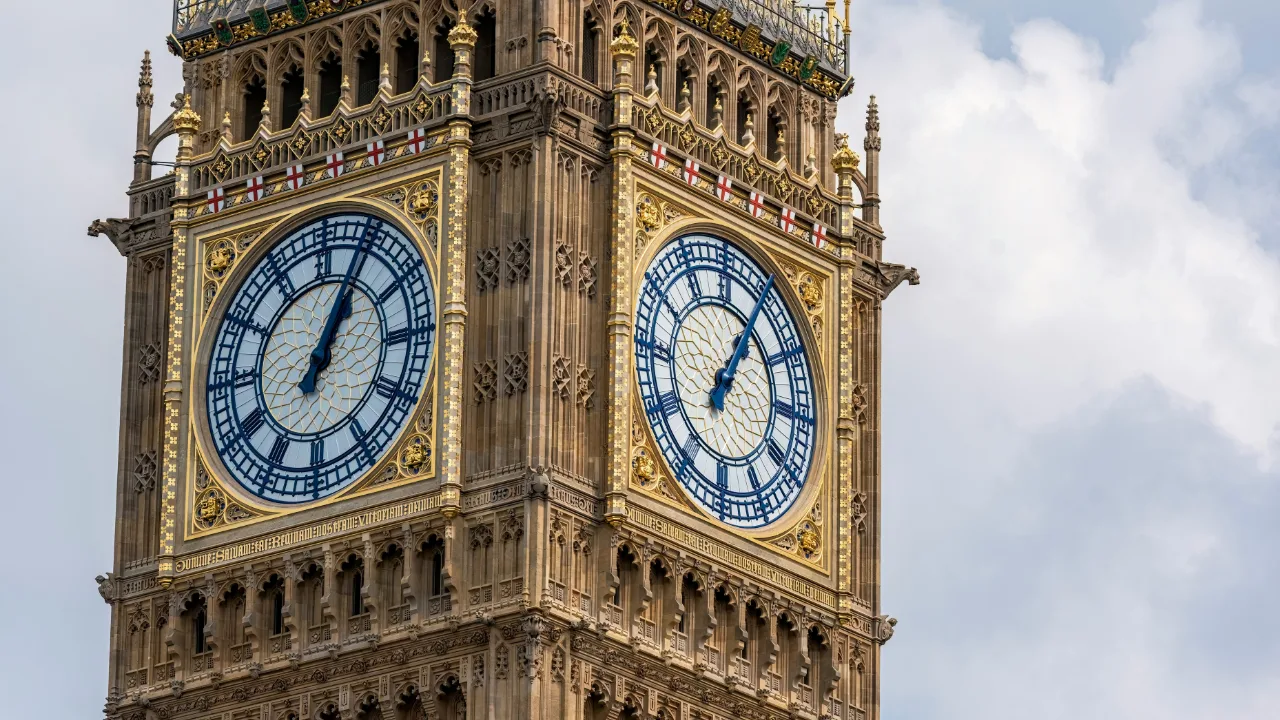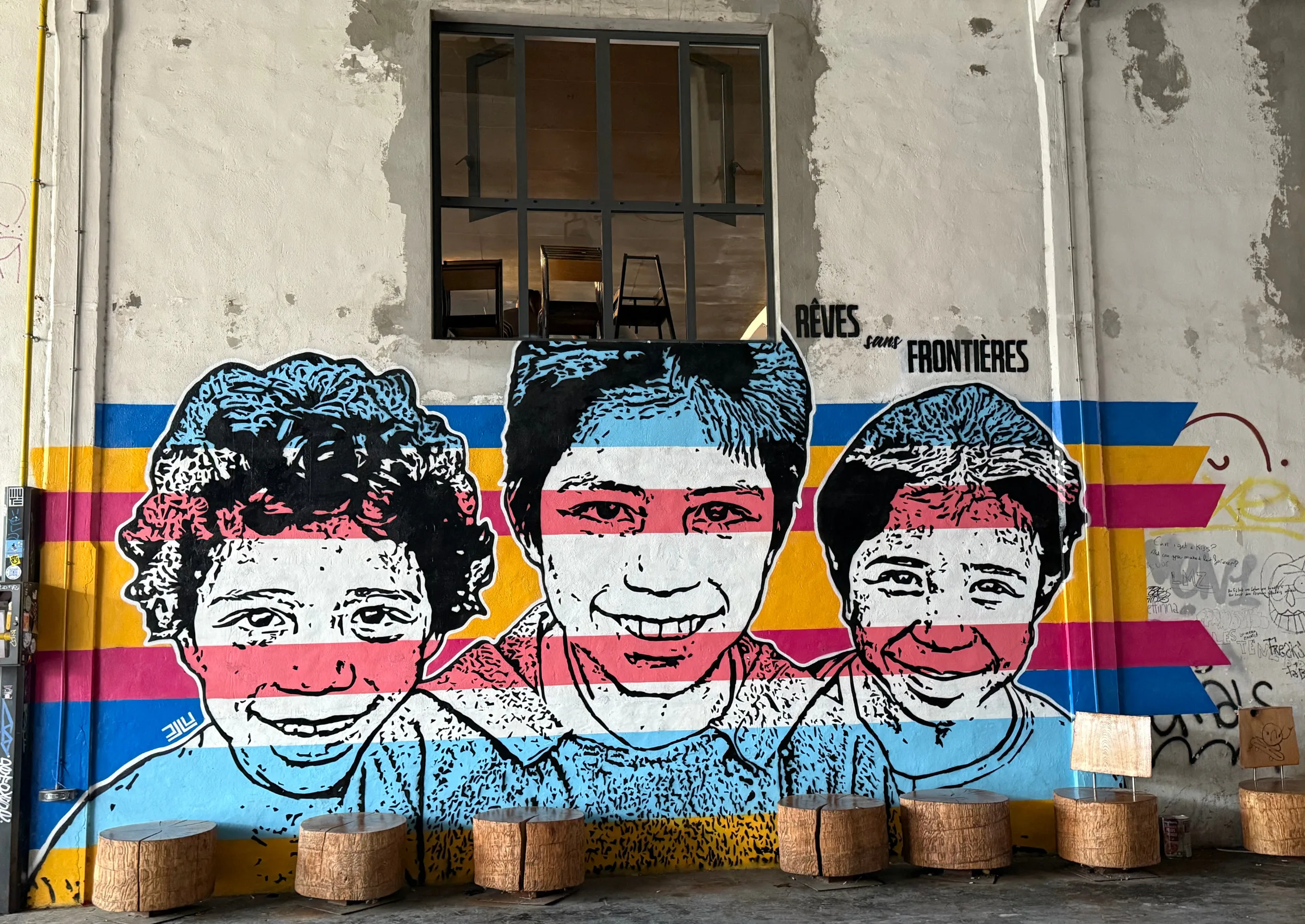New report from the Institute for Fiscal Studies on higher education subsidies in the loan system shines a light on long-term costs of creative arts
The recent report from Institute for Fiscal Studies (IFS) on higher education subsidies in the current loan system – ‘Econometrics of valuing income contingent student loans using administrative data: groups of English students’ – is shining a light on the long-term costs of creative arts and other subjects. Unfortunately that may be coming at precisely the wrong time.
Why? Because as we await the Augar Review of Post-18 Education and the government decisions that must follow it, we know that questions about which areas of Post 18 or Tertiary Education are most in need of subsidy are being asked. We also know that imminent changes to the accounting rules for student loans as required by the ONS, are likely to make the indirect subsidies delivered via longer term write offs much more visible in the short term. It is this latter issue that the IFS report focuses on, demonstrating that creative arts subjects now appear much better funded and subsidised than we might previously have thought.
Taking this into account then, the IFS report says that ‘the subsidy to creative arts degrees has increased by £6,000 per student, while it has decreased by £9,000 per student for engineering degrees’. But it’s not just eye opening at a subject level. The same methodology of estimating future loan write off alongside current grant expenditure also reveals that ‘the cost per Russell Group student has fallen by around £6,000, while cost per student at post-1992 institutions has increased by £2,000’.
Altogether, this has dramatically changed the distribution of total government funding for higher education. Before 2012, the government spent around 57% on science, technology, engineering and maths, and only 30% on the arts and humanities. Thanks to the loan system and the writing off of unpaid loans after thirty years, 48% of total spend is now directed towards STEM, with 37% going to the arts. So the arts aren’t yet being funded at the same rate as STEM – though it does look like the gap is closing.
It’s unsurprising really – but the IFS report shows how the accounting system for student loans has skewed subsidy in both the short and longer term. And how the ONS decision on changing accounting treatment has thrown these issues wide open just as Augar is finalising his recommendations and HM Treasury are putting together a Spending Review.
The attractiveness of loans and loan accounting for politicians has been that the vast majority of costs don’t hit the deficit until unpaid student debts are actually written off after thirty years. According to the IFS, it is subjects such as the creative arts, media and communications and broader humanities courses where this is most likely to happen. But up to now, this subsidy has been largely invisible and easy to build up as a result (eg compared to direct spending that counts against the deficit now such as teaching grant, research spending etc). But as this report shows, if you include eventual write offs also as government subsidy (which they are) and you follow new accounting rules (as ONS say we must) then all of it counts now whether it’s long term write off or up front teaching grant.
So where, other than in the Government accounts, is the subsidy actually visible according to the IFS analysis? There are broadly two answers to this. Firstly the government subsidy for Creative Arts subjects is being delivered via greater student numbers and largely at Post 92 or specialist arts institutions. This is expanding the supply of creative arts graduates into the labour market. Secondly, because a low proportion of these graduates are finding graduate level incomes, they are the graduates most likely to benefit from the loan write offs in the future.
These are all significant issues for Augar as well as the Department For Education (DfE) and HM Treasury as they begin negotiations for the Spending Review formally announced by Philip Hammond in the Spring Statement last week. Faced with calls for more investment in FE and higher technical education, as well as for part timers and adults throughout the system, it’s likely that some trade offs are going to be made. I suspect that even ministers will be surprised at how the loan and accounting systems have delivered new types of subsidy around the system and expect that they will want to change that. Even in a modern Industrial Strategy that includes the creative industries, it’s likely that STEM subjects will remain the priority.
But subsidies elsewhere, especially in full time higher education, are likely to reduce in some areas. A major goal for Augar, DfE and the Treasury will be to make more informed choices about where subsidy goes and how it is allocated. That also means that loan repayment terms may be tightened up and if fees come down (considered by many to be highly likely) then only certain courses will see this topped up by teaching grant.
Instead of offering expensive, blanket subsidies to all courses and all institutions we are likely to move to a system where this is much more targeted. L4 and L5 qualifications and part-time studies are likely to attract more government support including for both individuals and institutions. It is also possible that access to loans may be rationed via an entry tariff (rumours suggest that might be fixed at three Ds for A Levels) and loan conditions may be tightened up with lower thresholds for repayment (currently £25k) and longer repayment terms beyond thirty years so that less student debt is eventually written off.
It is difficult not to see this as a moment when the availability or funding of creative arts courses in universities might be restricted in some way. Either numbers will be controlled or subsidies withdrawn either through rationed access to loans or by tighter repayment conditions. In turn that seems likely to affect demand and the ability of universities to offer a range of courses and facilities in these subjects. That would be bad news for the creative industries, wouldn’t it?
But before we become consumed by protest we, like Augar, must think in the round. It is clear that as a system, England’s higher education model is an outlier by European or Global standards. More higher level skills are delivered through full-time honours degrees than in other similar countries. This has intensified since the 2011 reforms that introduced £9k fees, current student loan accounting methods and in 2015, the uncapping of student numbers.
The creative industries – like other sectors – have suffered through huge falls in part-time and work-based study. Routes into the arts, especially from the most disadvantaged, have suffered from falls in funding for FE colleges and a lack of financial support for part-time or adult learners. Like Augar, we too should be thinking about the best system for supplying a range of skills and people into the sector. We should also be thinking rather harder about demand for these skills and about the creative economy. It should not be in a situation when it depends on high levels of subsidy to survive. A monoculture – as a recent report from the House of Lords Economic Affairs Committee described higher education: – could reinforce monocultures in the creative arts.
The IFS, Augar and the Spending Review are sparking debates about what kind of higher education we need and the creative arts and industries must play a part. But first they should consider very carefully what it wants and what it needs.
The PEC’s blog provides a platform for independent, evidence-based views. All blogs are published to further debate, and may be polemical. The views expressed are solely those of the author(s) and do not necessarily represent views of the PEC or its partner organisations.
Related Blogs
What UK Job Postings Reveal About the Changing Demand for Creativity Skills in the Age of Generative AI
The emergence of AI promises faster economic growth, but also raises concerns about labour market di…
Creative PEC’s digest of the 2025 Autumn Budget
Creative PEC's Policy Unit digests the Government’s 2025 Budget and its impact on the UK’s creative …
Why do freelancers fall through the gaps?
Why are freelancers in the Performing Arts consistently overlooked, unseen, and unheard?
Insights from the Labour Party Conference 2025
Creative PEC Policy Adviser Emily Hopkins attended the Labour Party Conference in September 2025.
Association of South-East Asian Nations’ long-term view of the creative economy
John Newbigin examines the ASEAN approach to sustainability and the creative economy.
Take our Audience Survey
Take our quick survey and you might win a National Art Pass.
Culture, community resilience and climate change: becoming custodians of our planet
Reflecting on the relationship between climate change, cultural expressions and island states.
Cultural Industries at the Crossroads of Tourism and Development in the Maldives
Eduardo Saravia explores the significant opportunities – and risks – of relying on tourism.
When Data Hurts: What the Arts Can Learn from the BLS Firing
Douglas Noonan and Joanna Woronkowicz discuss the dangers of dismissing or discarding data that does…
Rewriting the Logic: Designing Responsible AI for the Creative Sector
As AI reshapes how culture is made and shared, Ve Dewey asks: Who gets to create? Whose voices are e…
Reflections from Creative Industries 2025: The Road to Sustainability
How can the creative industries drive meaningful environmental sustainability?
Creating value: the creative economy beyond culture by Marta Foresti
Marta Foresti explains the value of international cooperation as she becomes Chair of the GCEC.












